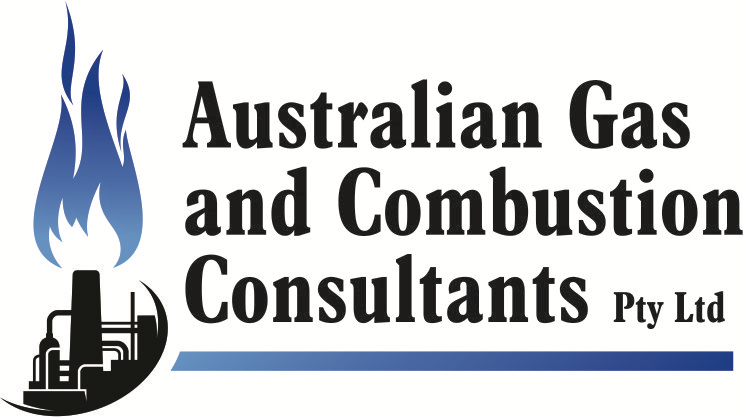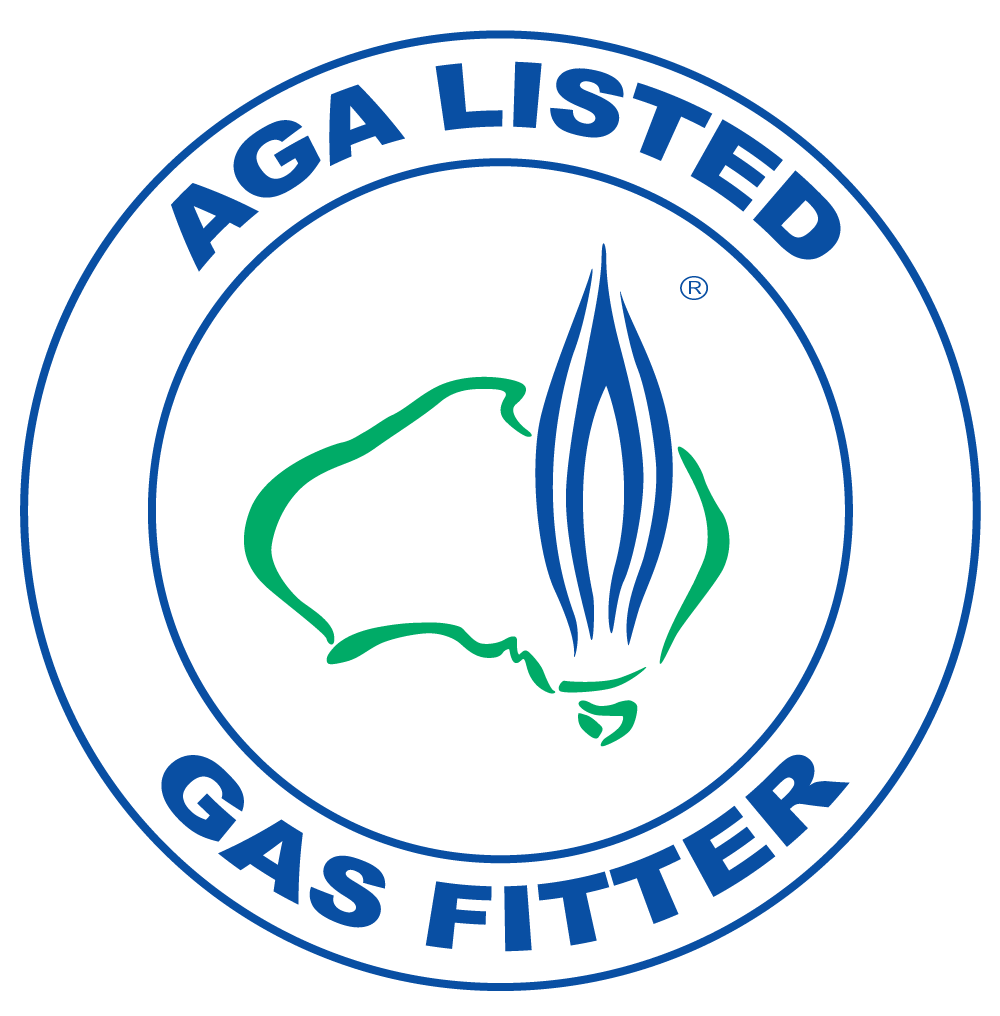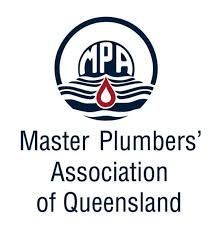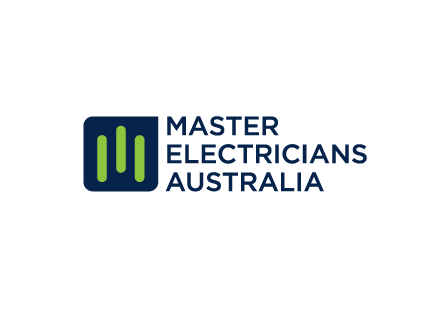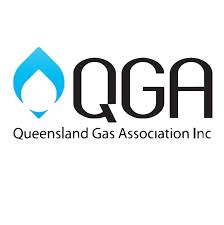Un-Oudourised Gas Audits & Assessments
We offer comprehensive services around un-odourised gas systems including the assessments, design, installation, commissioning and training on the safety systems.
Un-odourised Gas Audits & Assessments
We offer comprehensive services around these un-odourised gas systems including the assessments, design, installation, commissioning and training on the safety systems.
Hazardous Gases
Coal Seam Gas
Bio-Gases
Gas Fields
The assessment should consider:
1. The use of un-odourised gas would normally not be accepted where equipment is located in an enclosure unprotected by an interlocked forced ventilation and equipment shutdown facility.
2. Gas detection and shut down systems are to be appropriately designed, installed, commissioned and operational prior to the introduction of un-odourised gas to pipe work, fittings and gas devices on the site. The purpose is to ensure that wherever gas leaks are detected the installed detection and shut down system will remove the potential for an incident to occur. Such system(s) should be designed by experts in the field of gas detection.
3. Where pipes, fittings containing un-odorised gas and gas devices are enclosed and personal are required to access the plant the following applies:
1. Forced ventilation through the enclosure is required with proof of ventilation airflow required prior to permitting an un-odorised gas supply to the device. Ventilation must comply with AS5601:2005 sections 4.15-16, 5.4 and 5.5.
2. AS/NZS 60079.10.1:2009 ‘Classification of areas - Explosive gas atmospheres’ (IEC 60079-10-1, Ed.1.0 (2008) MOD), must also be considered when a hazardous area under this standard or under AS2430: 2004 exists. Further AS1482:1985 ‘Electrical equipment for explosives atmospheres – Protection by ventilation – type of protection v’ specifically section 1 can also be considered in relation to electrical equipment.
3. Activation of the gas alarm system at any level above 20 per cent of the LEL which is monitored at all times when a hazardous area under AS2430:2004 exists. Activation of the alarm/monitoring system at 40 per cent LEL shall cause the gas supply to automatically shut down, depressurise all enclosed pipe work and equipment and initiate requirements for evacuation procedures.
4. Induction and training of relevant staff shall ensure that they are fully cognisant of the dangers of un-odourised gas.
5. Safety warning signs shall be placed at appropriate locations on the site including on pipe work to warn of the possible presence of un-odourised gas.
6. Written procedures for commissioning, maintenance and ongoing operation of the gas supply system must reflect the un-odourised nature of the gas and be made available to all relevant staff.
7. The installer, commissioning and or maintenance personnel shall have suitable equipment and the necessary training to ensure safety in dealing with the un-odorised nature of the gas during the construction, commissioning, operational and maintenance phases of the project.
8. Maintenance, testing and recording procedures are established to ensure the functional integrity of the gas detection system.
9. A scheduled system and record of manual leak surveys is to be followed, requiring discovered leaks to be repaired immediately and a ‘close out’ audit process implemented.
Enclosures that are not confined spaces:
For enclosures that are not defined as a ‘confined space’, the person conducting the assessment should also consider:
1. Where a gas device is located in an enclosure that is not located within a building and the enclosure is essentially a cover that does not permit work on the device while the enclosure is in place (e.g. a small gas fired engine for a compressor in the open on a coal seam gas field): determination of ‘appropriate gas detectors and shut down systems’ under s628 of the P&G Act should consider the following, subject to any risk assessment outcomes:
a. The installation of the device shall provide permanent ventilation in accordance with AS5601:2005 (see sections 4.15-16, 5.4 and 5.5). The purpose of this ventilation is to ensure there is a natural, free and unrestricted flow of air through the enclosure, which prevents the build-up of an air-gas mixture to a point where a source of ignition could create an explosion.
b. AS/NZS 60079.10.1:2009 ‘Classification of areas - Explosive gas atmospheres’ (IEC 60079-10-1, Ed.1.0 (2008) MOD), must be considered when a hazardous area under this standard or under AS2430: 2004 exists. Further AS1482:1985 ‘Electrical equipment for explosives atmospheres – Protection by ventilation – type of protection v’ specifically section 1 can also be considered in relation to electrical equipment.
c. The safety management plan (including relevant procedures and permits) must require, (and a notice is to be affixed to the enclosure which instructs) that anyone wishing to perform work on the device must:
i. Test the atmosphere within the enclosure for the presence of gas (such as with a ‘hand held gas detection unit’ if fixed detection is not installed) before commencing any work.
ii. Where a gas leak is detected, the leak shall be isolated and repaired before commencing any other work.
iii. Any safety provision which ensures the equipment is isolated before opening doors is not to be bypassed except in accordance with an approved procedure.
d. The details and calculations for satisfying the ventilation requirements as per standards must be verified by ‘the appropriately qualified person’.
2. In all of the above cases, it is expected that all parts of the site where un-odourised gas may be present would be classified as “NO SMOKING” zone and appropriately labelled as such.
3. It is recommended that the appropriately qualified person, the Type B approving authority or the installer sign off that the identified risk assessment outcomes (i.e. control measures) have been implemented in full.
